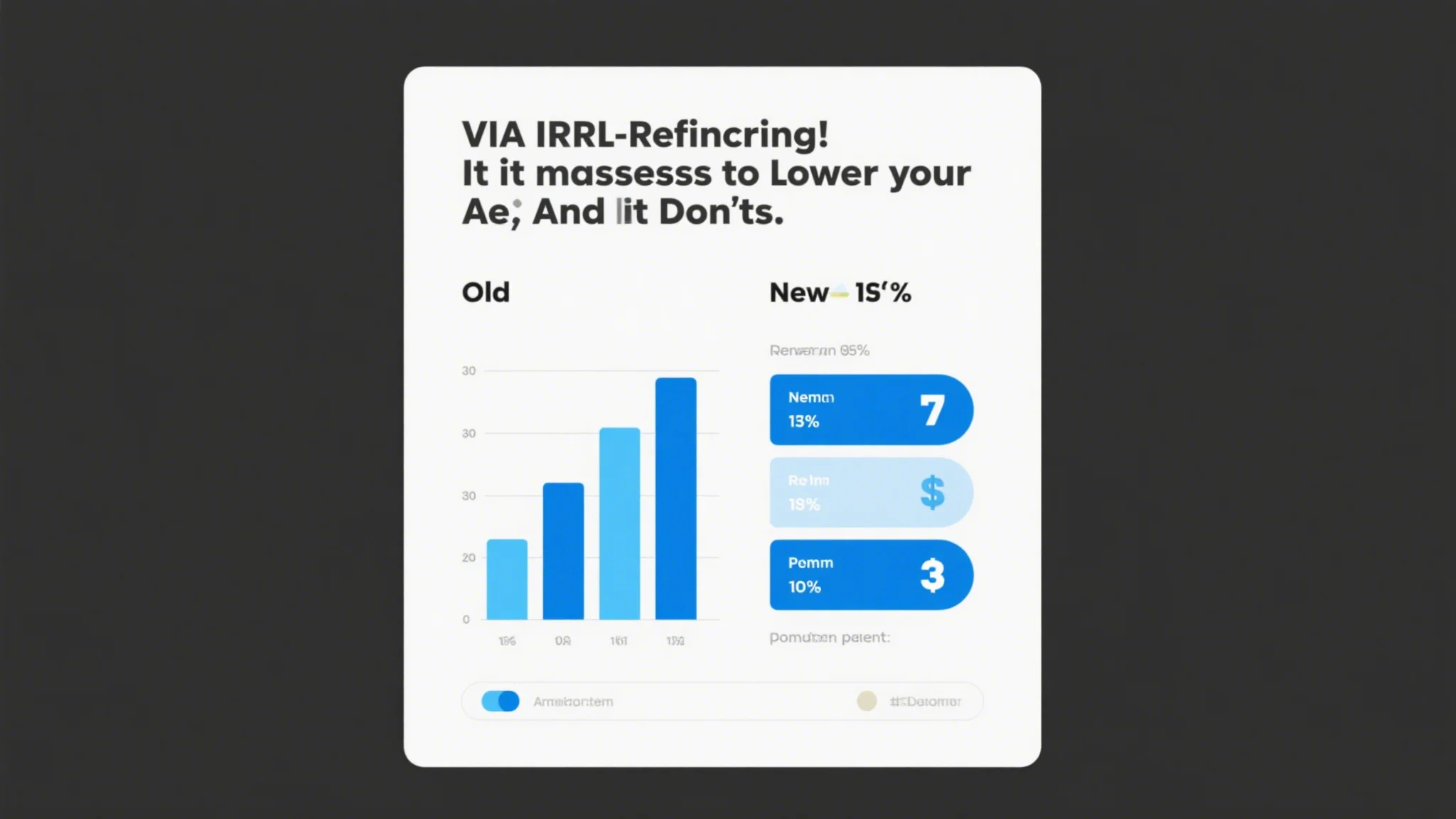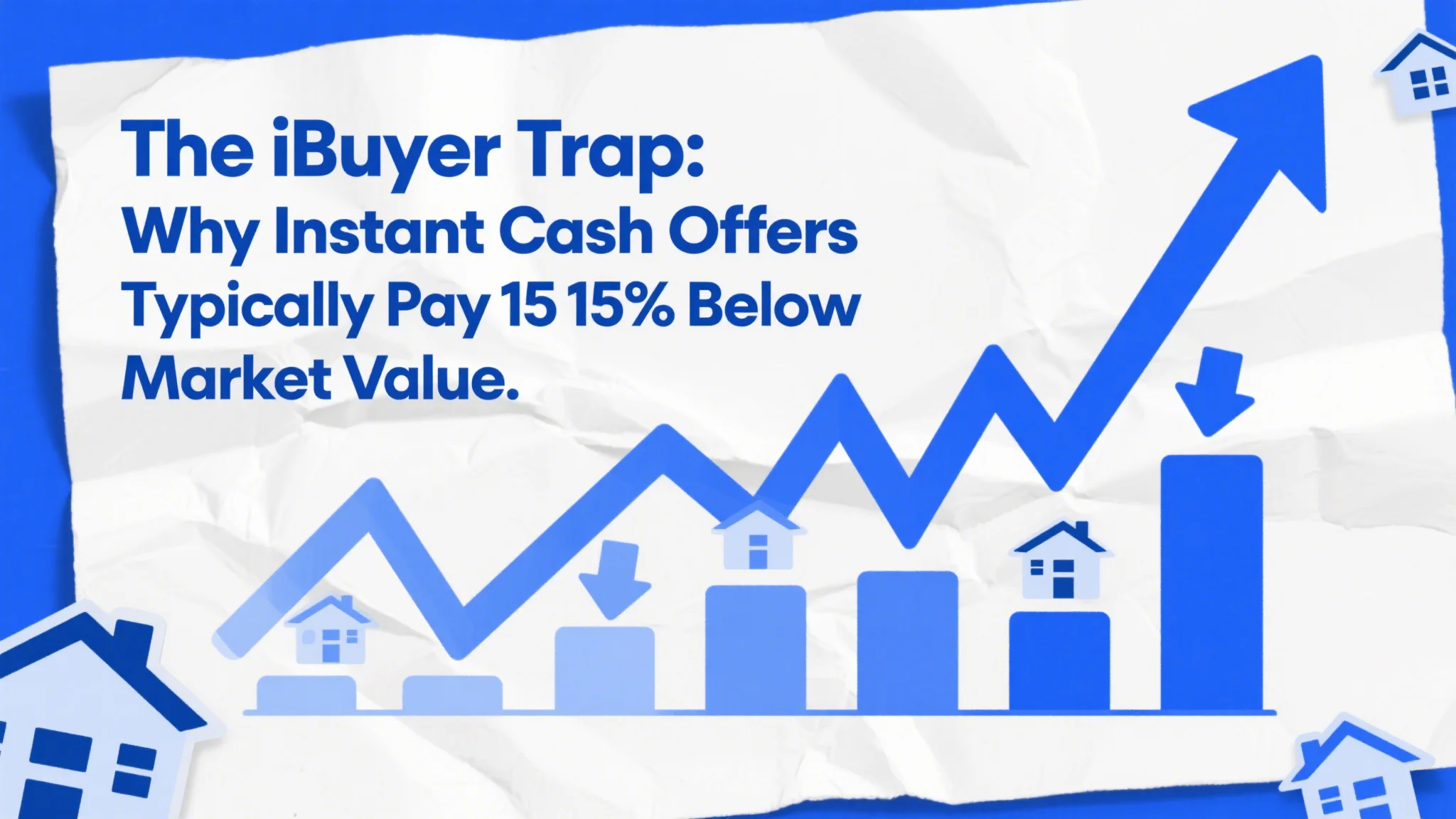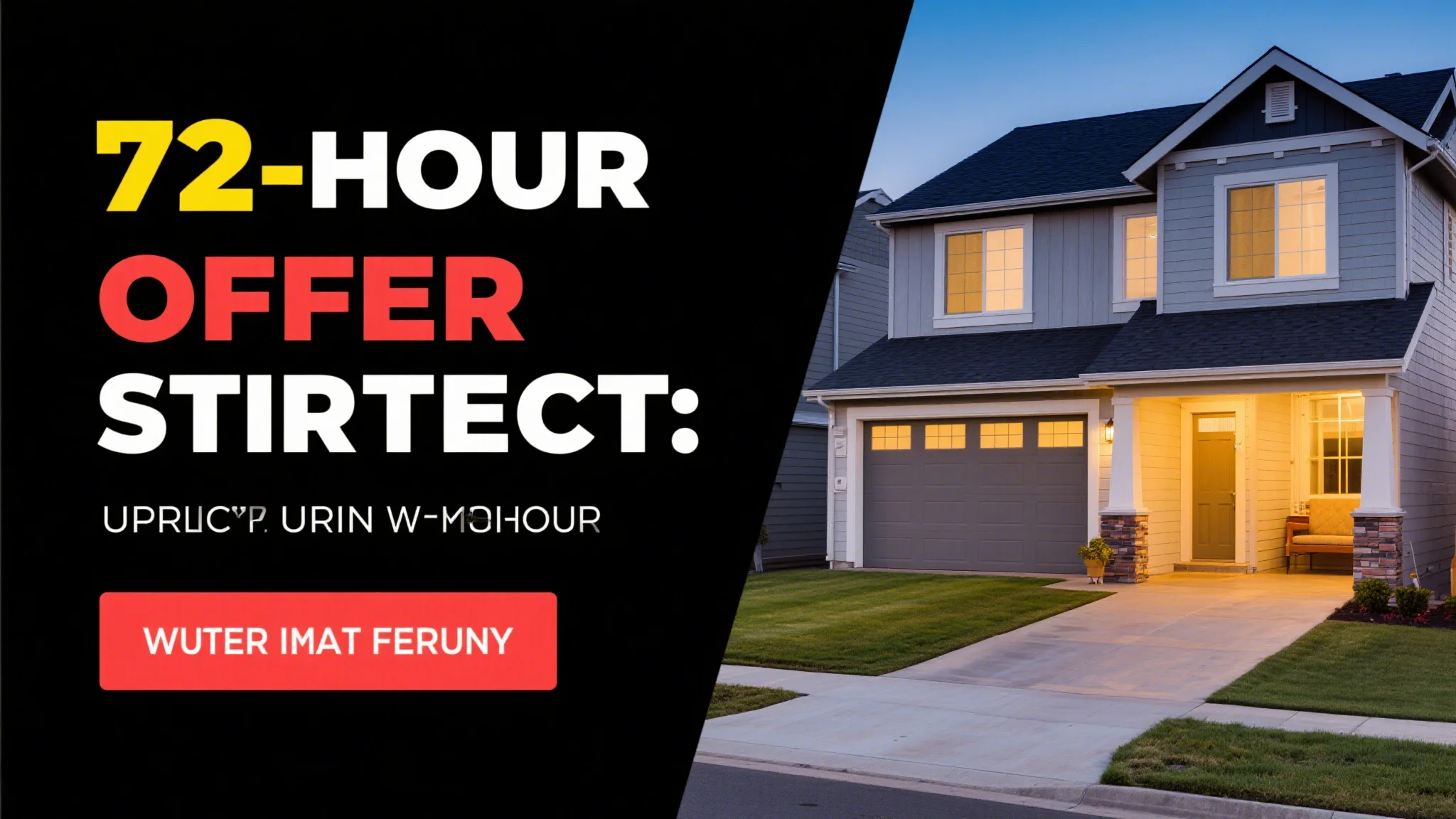In today’s rapidly changing real estate market, securing a low-interest-rate mortgage is a rare and valuable commodity. For many homeowners, the thought of moving to a new home often comes with a dilemma: should they stay in their current property with its favorable terms or take the risk of securing a new mortgage in a potentially less favorable interest rate environment?

Enter portable mortgages—a financial tool that offers a unique solution to this dilemma. While not widely known or discussed, portable mortgages provide a pathway for homeowners to transfer their existing low-interest-rate mortgage to a new property, effectively allowing them to “lock in” their favorable terms without the uncertainty of refinancing or applying for a new mortgage.
What Are Portable Mortgages?
A portable mortgage is a type of mortgage agreement that allows borrowers to transfer their current loan terms, including the interest rate, to a new property. This option is particularly beneficial in situations where the borrower has a fixed-rate mortgage with an attractive interest rate and wants to move to a new home without losing those favorable terms.
The concept of portability is not new, but it is often overlooked by homeowners and even some lenders. This is partly due to the fact that portable mortgages are not as widely marketed or understood as traditional refinancing options. However, for those in the know, portable mortgages can be a game-changer, especially in a rising interest rate environment.
How Do Portable Mortgages Work?
The process of porting a mortgage to a new property typically involves the following steps:
Assessing Eligibility: Not all mortgages are portable. The portability of a mortgage depends on the terms set by the lender when the original loan was issued. Some lenders allow full portability, while others may only offer partial portability or require specific conditions to be met.
Evaluating the New Property: Once eligibility is confirmed, the borrower must provide details of the new property, including its appraised value and purchase price. The lender will then determine whether the new property meets their criteria for portability.
Adjusting Loan Terms: If the new property is deemed suitable, the lender may adjust the loan terms to reflect the new property’s value. This could involve increasing or decreasing the loan amount, depending on the size and value of the new home.
Finalizing the Transfer: The borrower will then refinance the new property under the existing loan terms, effectively transferring the low-interest-rate mortgage to the new home.
One of the key advantages of portable mortgages is that they often bypass the need for a full refinancing process. This can save time and reduce costs associated with traditional refinancing, such as appraisal fees, title insurance, and origination fees.
The Benefits of Portable Mortgages
The primary benefit of portable mortgages is the ability to retain a low-interest-rate mortgage when moving to a new home. This is particularly advantageous in environments where interest rates are rising, as it allows homeowners to avoid the higher costs associated with new mortgage applications.
Other benefits include:
Cost Savings: By retaining a low-interest-rate mortgage, homeowners can save thousands of dollars over the life of the loan.
Flexibility: Portable mortgages offer a flexible solution for those who want to move without disrupting their financial plans.
Simplified Process: The portability process is often less complicated than refinancing, making it an attractive option for busy homeowners.
Is a Portable Mortgage Right for You?
Portable mortgages are not a one-size-fits-all solution, and whether they are the right choice depends on your specific circumstances. Here are some scenarios where portable mortgages may be particularly beneficial:
You Have a Fixed-Rate Mortgage: Fixed-rate mortgages are ideal candidates for portability because their interest rates remain constant over the life of the loan. This makes them easier to transfer to a new property.
You Want to Avoid Refinancing Costs: If you’re looking to move but want to avoid the costs and hassle of refinancing, a portable mortgage could be a cost-effective alternative.
You’re Moving to a Similar or Higher-Value Property: Portable mortgages are often easier to arrange when moving to a property of similar or higher value. This is because the lender can more easily assess the risk and adjust the loan terms accordingly.
You’re in a Rising Interest Rate Environment: If interest rates are on the rise, a portable mortgage allows you to lock in your current rate without worrying about higher costs on a new mortgage.
The Limitations of Portable Mortgages
While portable mortgages offer significant advantages, they are not without their limitations. It’s important to weigh these factors before deciding whether a portable mortgage is the right choice for you.
Portability Fees: Many lenders charge a portability fee for transferring the mortgage to a new property. These fees can vary widely depending on the lender and the terms of the original mortgage agreement.
Limited Availability: Not all lenders offer portable mortgages, and even those that do may impose restrictions on when and how the option can be used. This can make it difficult to find a lender that meets your specific needs.
Property Restrictions: Some lenders may require the new property to meet specific criteria, such as being of similar size, type, or location to the original property. This can limit the flexibility of the portability option.
Credit Requirements: In some cases, the borrower may need to undergo a new credit check or provide additional documentation to qualify for the portable mortgage. This can add to the time and effort required to complete the process.
Loan Term Adjustments: Lenders may adjust the loan term or other terms when transferring the mortgage to a new property. This could include increasing the loan amount or changing the interest rate structure, depending on the specifics of the new property.
Case Study: When Portable Mortgages Work
Let’s consider an example to illustrate how portable mortgages can benefit homeowners.
Imagine you’re a homeowner with a fixed-rate mortgage of 3.5% on a property you’ve lived in for five years. You’ve found a new home that’s slightly larger and better suited to your growing family, but it’s priced 20% higher than your current property.
If you choose to refinance, you may be subject to higher interest rates, depending on current market conditions. Alternatively, you could apply for a new mortgage on the new property, but this would likely involve higher costs and potentially less favorable terms.
With a portable mortgage, however, you could transfer your existing 3.5% interest rate to the new property. While the lender may adjust the loan amount based on the new property’s value, you’ll still benefit from the lower interest rate, saving you



